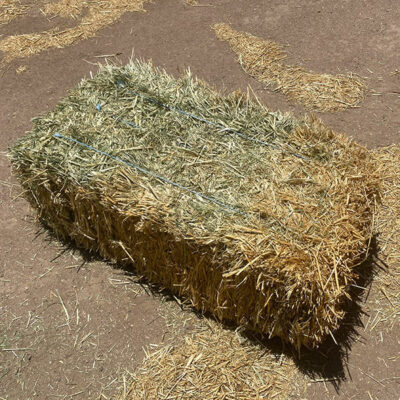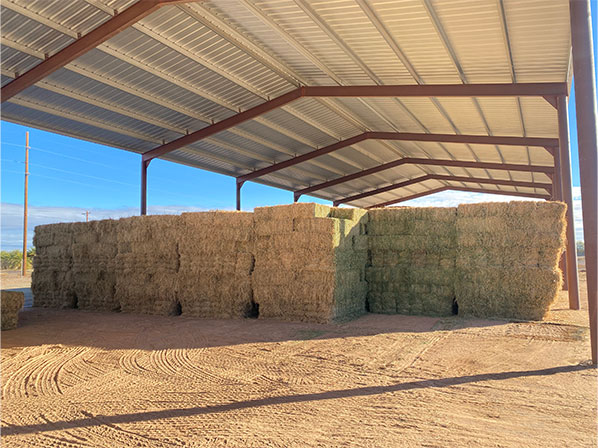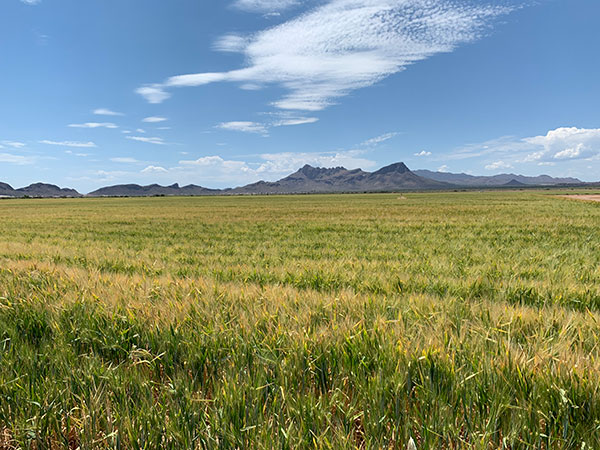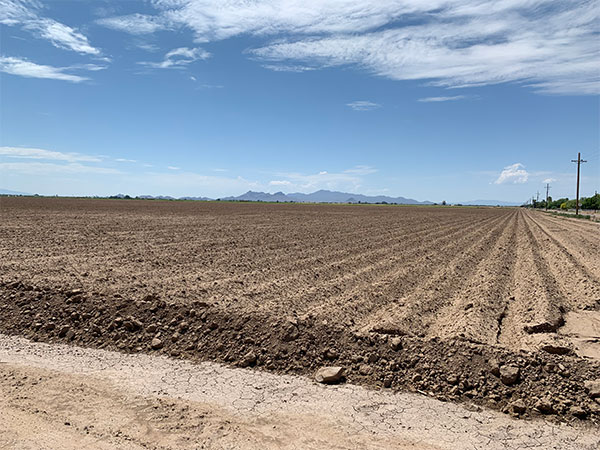Triticale Hay: The Hybrid Feed Powering Livestock with Nutrition and Versatility
Triticale hay, a unique and powerful forage option that combines the best qualities of wheat and rye. Triticale is a hybrid grain, resulting from crossing wheat (Triticum) with rye (Secale cereale). This remarkable combination has led to the creation of triticale hay, a feed that offers exceptional nutritional benefits and adaptability for various types of livestock.

What is Triticale Hay?
Triticale hay is derived from the triticale plant, scientifically known as × Triticosecale. It was first developed in the late 19th century, and since then, it has become an important forage crop for livestock feed. The name “triticale” itself is a blend of “Triticum” (wheat) and “Secale” (rye), reflecting its hybrid origin.
Growing and Harvesting Triticale Hay
Triticale is a cool-season crop, thriving in regions with moderate temperatures and well-drained soils. Its ability to grow under diverse conditions makes it a valuable option for farmers in different climates. The plant’s appearance is similar to wheat, but it exhibits the hardiness and resistance of rye.
The hay is typically harvested when triticale reaches the boot stage, just before it fully heads out. At this point, the plant has the highest nutritional value and remains palatable for livestock consumption. Proper timing of harvesting ensures that the hay contains a balance of nutrients essential for animal health.
Nutritional Benefits
Triticale hay offers a plethora of nutritional benefits for livestock. It is an excellent source of carbohydrates, providing essential energy for the animals’ daily activities and growth. Additionally, triticale hay contains significant levels of protein, which plays a vital role in muscle development and overall body health.
The hybrid nature of triticale allows it to inherit favorable traits from both wheat and rye. It possesses a good fiber content that aids in digestion, promoting gut health in animals. Moreover, triticale hay is rich in essential vitamins and minerals, including B-vitamins, iron, zinc, and selenium, contributing to a well-balanced diet for livestock.
Versatility in Livestock Feed
One of the most significant advantages of triticale hay is its versatility in feeding various types of livestock. It serves as an excellent forage option for dairy cows, beef cattle, sheep, goats, and even poultry. Its nutritional profile suits the needs of different animals, making it a valuable feed choice for mixed livestock operations.
Triticale hay can be used as the primary feed source or as part of a well-balanced ration, complementing other feeds and forages. Its adaptability to diverse farming systems allows farmers to incorporate triticale hay creatively into their livestock feeding strategies.
Conclusion
In conclusion, triticale hay stands as a powerful hybrid forage, harnessing the nutritional benefits of both wheat and rye to support the health and well-being of livestock. Its unique combination of carbohydrates, proteins, vitamins, and minerals makes it a valuable feed option for various types of animals.
Whether you raise cattle, sheep, goats, or poultry, triticale hay can play a pivotal role in providing a nutritious and balanced diet for your livestock. As the farming community continues to explore innovative ways to nourish animals efficiently, triticale hay remains a promising choice, representing the fruitful collaboration between two essential grains in the pursuit of sustainable and robust livestock feed options.









